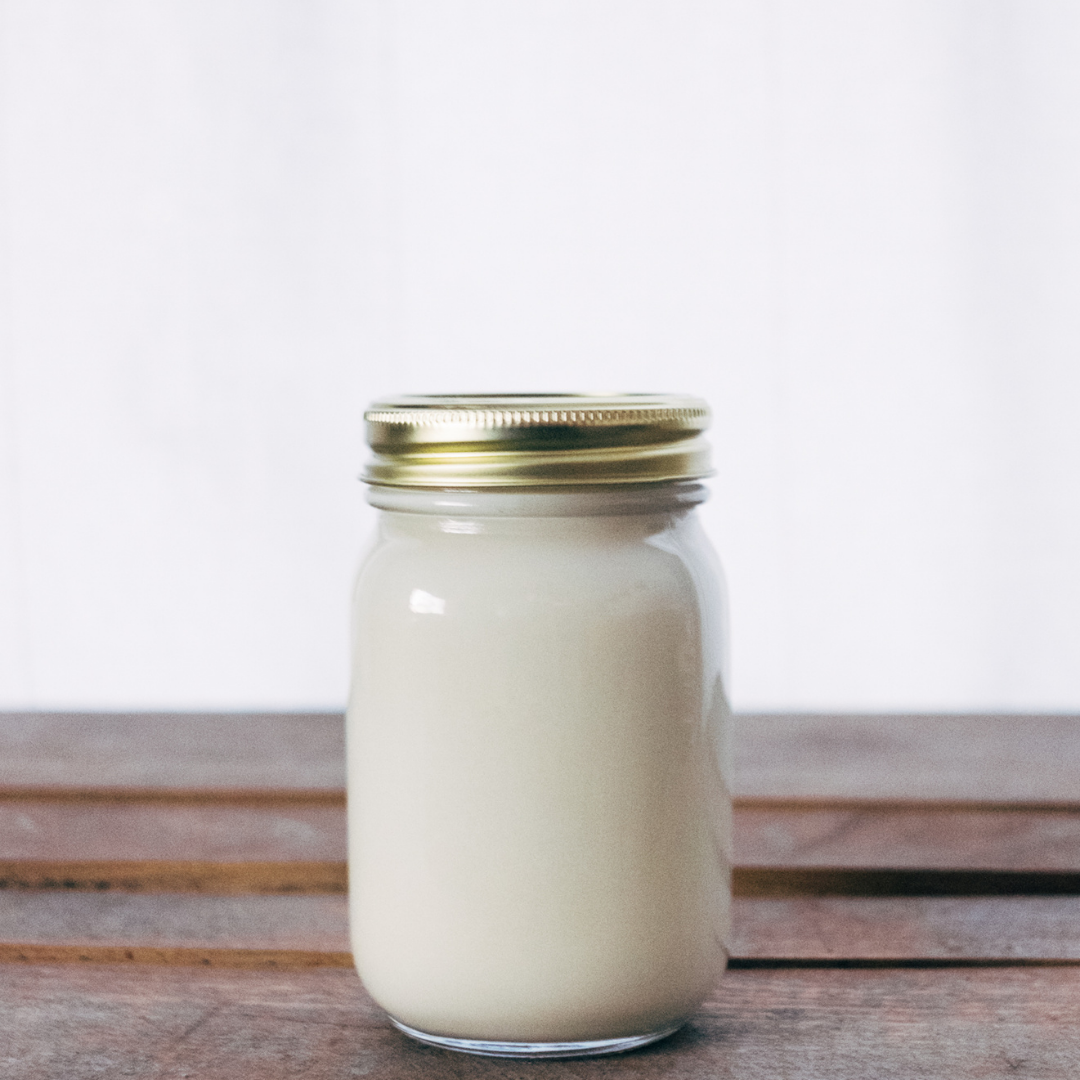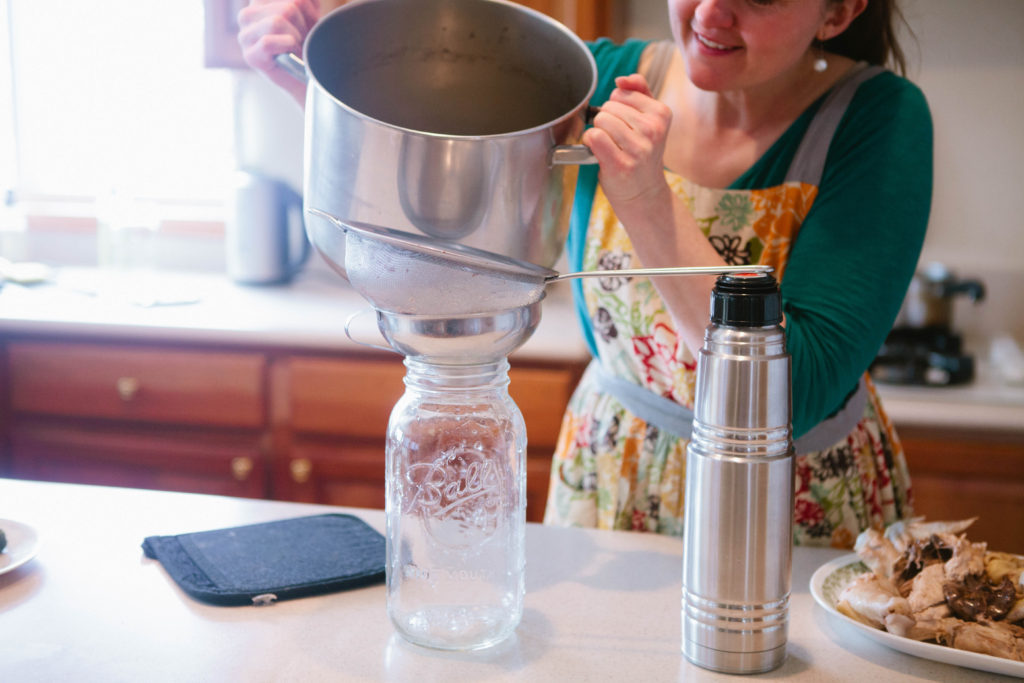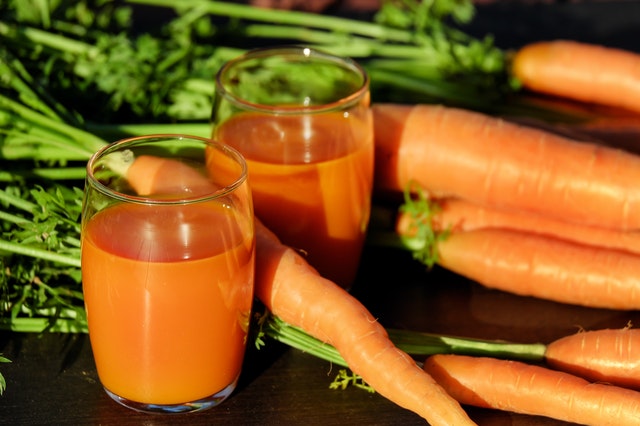If you are an essential oil user, you may have heard that diluting hot oils, like oregano, that you want to use topically or diluting the oils you put on your child’s skin is recommended. However, I've recently learned that diluting all essential oils is beneficial. I only recommend using therapeutic oils, especially if you are putting them in or on your body. If you want to apply oils to your skin, I recommend using a carrier oil to dilute them and increase their effectiveness.
Watch the short video below on how to dilute essential oils, or read on for more in depth help diluting your essential oils.
Does diluting essential oils reduce their effectiveness?
It may seem that if you dilute the essential oils you are using, you may also be reducing their effectiveness. However, diluting oils may actually increase their effectiveness.
First, diluting the essential oils you apply topically will decrease the amount that evaporates into the air. This means that more of the beneficial oil will stay on your skin and be able to bring support to your body.
Your skin is the largest organ of your body. It's made of several layers that help to protect your internal body. The outermost layer of your skin is called the epidermis. This is the part of your skin that provides a waterproof barrier and is tough for solutions, like essential oils, to permeate. Diluting your essential oils before you apply them to your skin actually drives the oil solution into your epidermis layer, easier and deeper. This means the oil reaches your internal body quicker and you are able to see the benefits faster.
If you have sensitive skin issues, diluting your essential oils before applying them is additionally beneficial. Diluting will help lower the risk of you experiencing skin irritation.
These emotion oils are part of the Touch Line from doTerra. All of the oils in this doTerra line are prediluted to the correct ratios for quick application. You can order the Touch Line for yourself here.
How do I dilute an essential oil?
To dilute an essential oil before you apply it to your skin, you use what are called carrier oils. Carrier oils include avocado oil, olive oil, jojoba oil, grapeseed oil, or coconut oil (especially fractionated coconut oil.) In selecting the ideal carrier oil for you, you want to always make sure that it is 100 percent pure. Each oil has a different scent and even texture so selecting your carrier oil could be researched or just be a personal preference.
The following ratios of dilution come from doTerra, my preferred brand of essential oils.
For one teaspoon of carrier oil add:
1 drop essential oil for a 1% ratio
2 drops for 2%
5 drops for 5%
One tablespoon of carrier oil:
3 drops essential oil for 1%
6 drops for 2%
15 drops for 5%
One fluid ounce of carrier oil:
6 drops essential oil for 1%
12 drops for 2%
30 drops for 5%
What do you think? Will you try diluting your essential oils next time?
If you want more information on essential oils, I share more here!


























